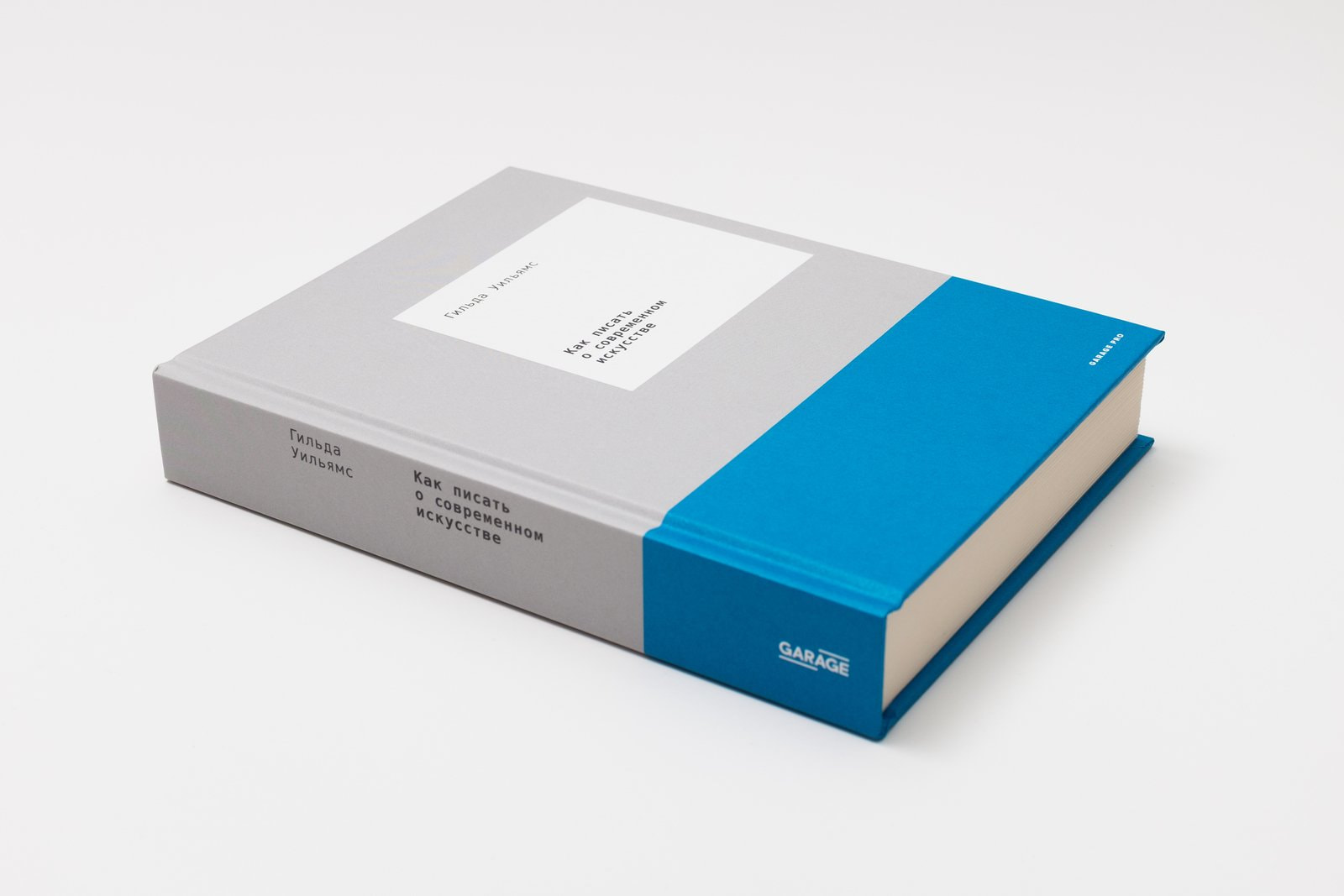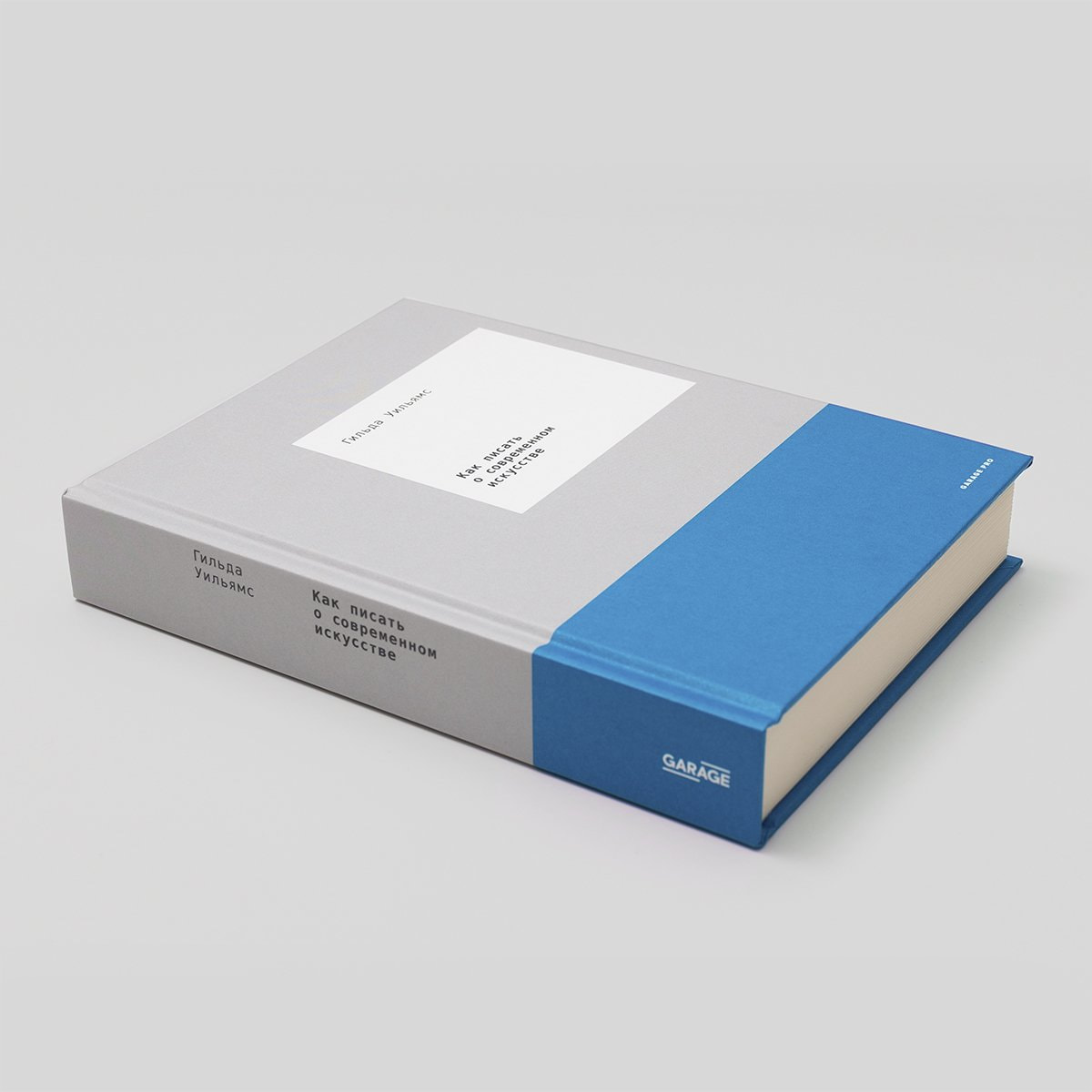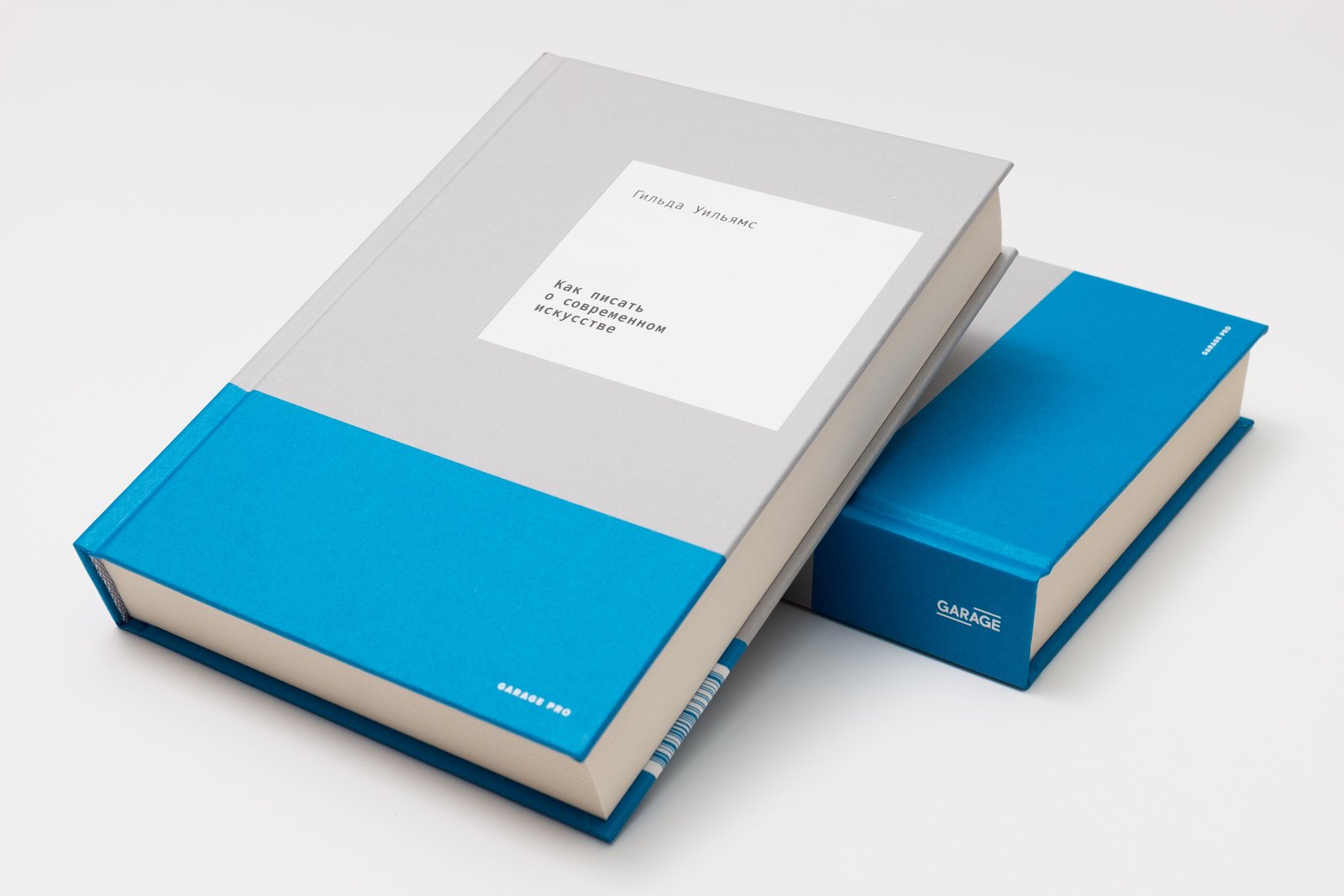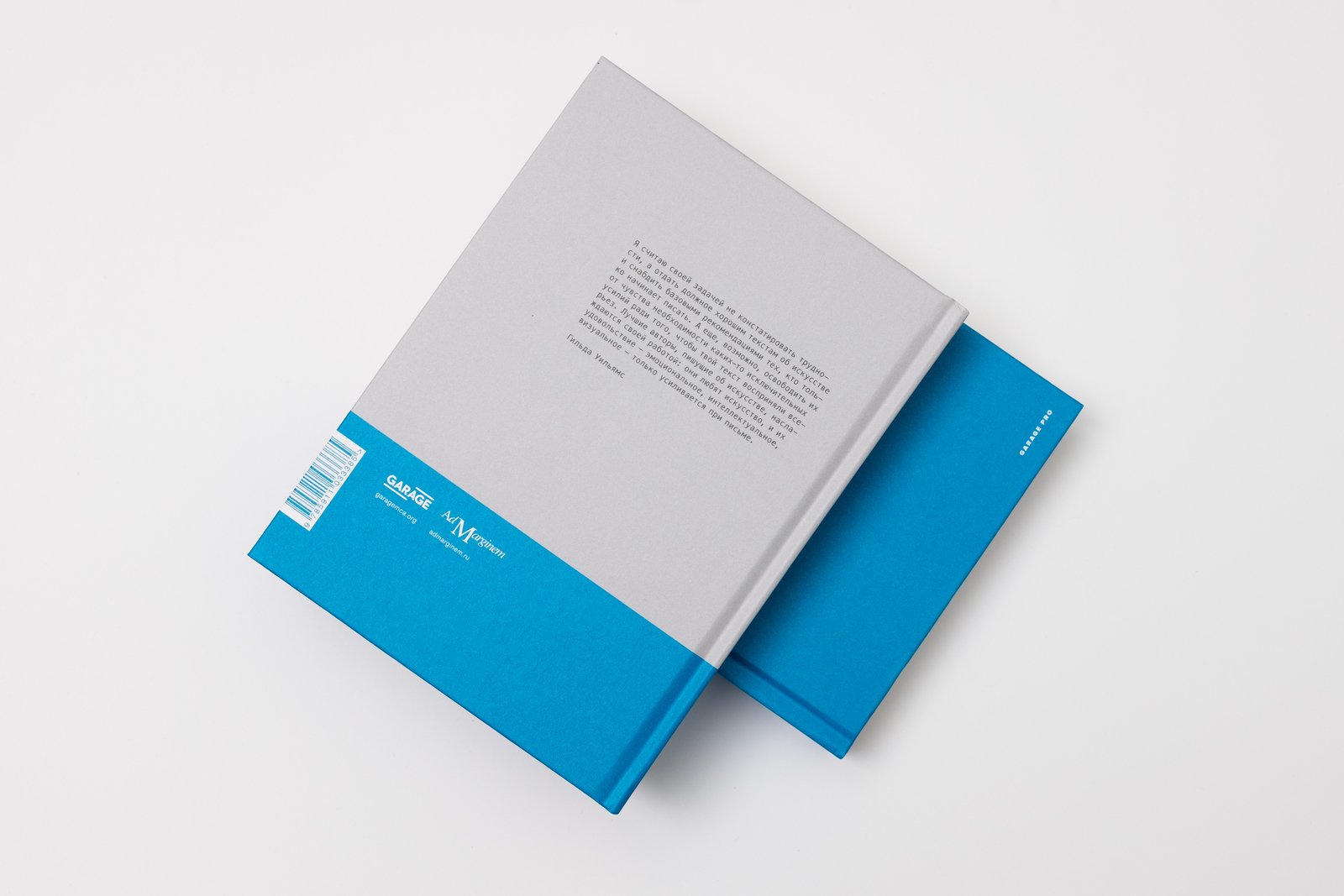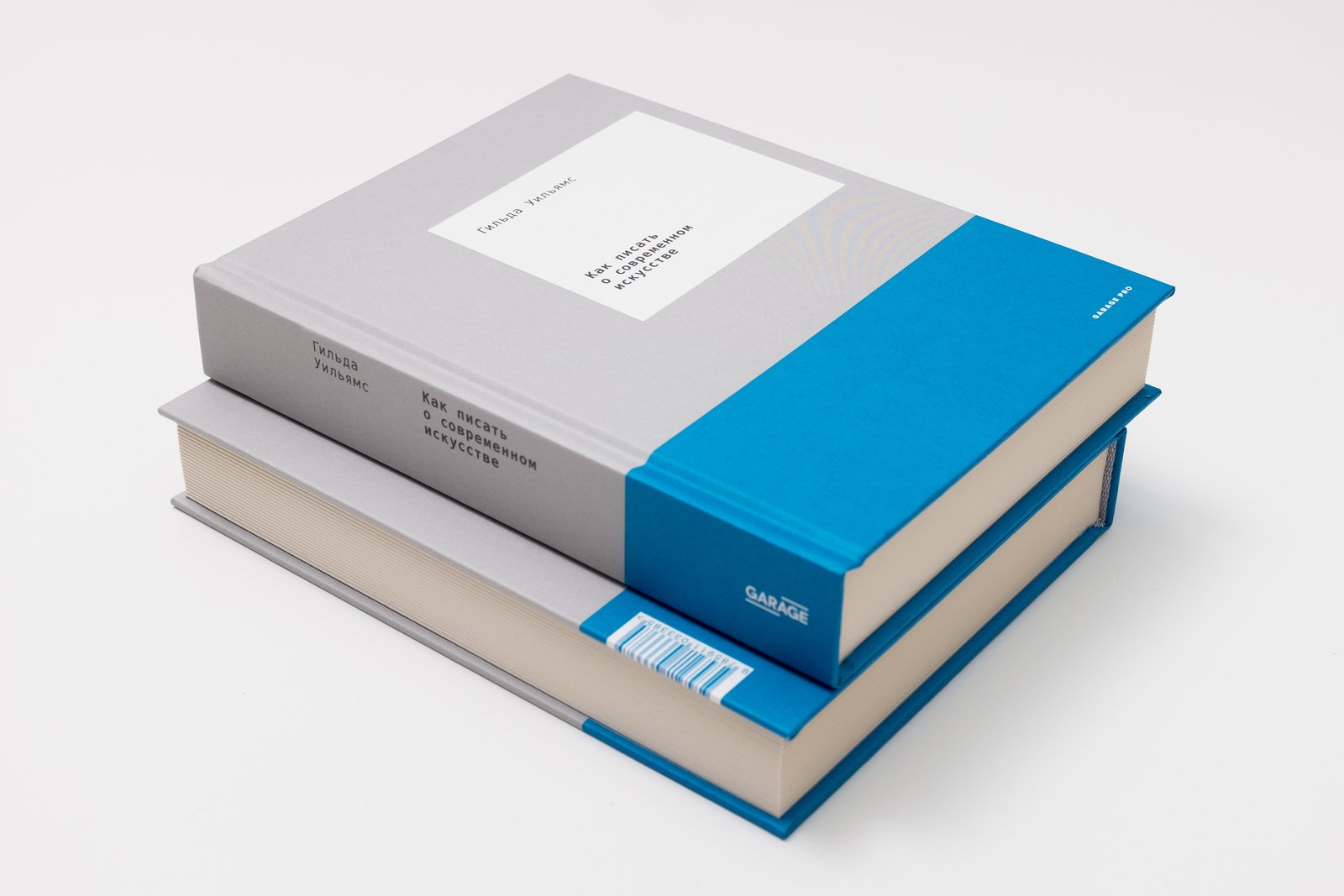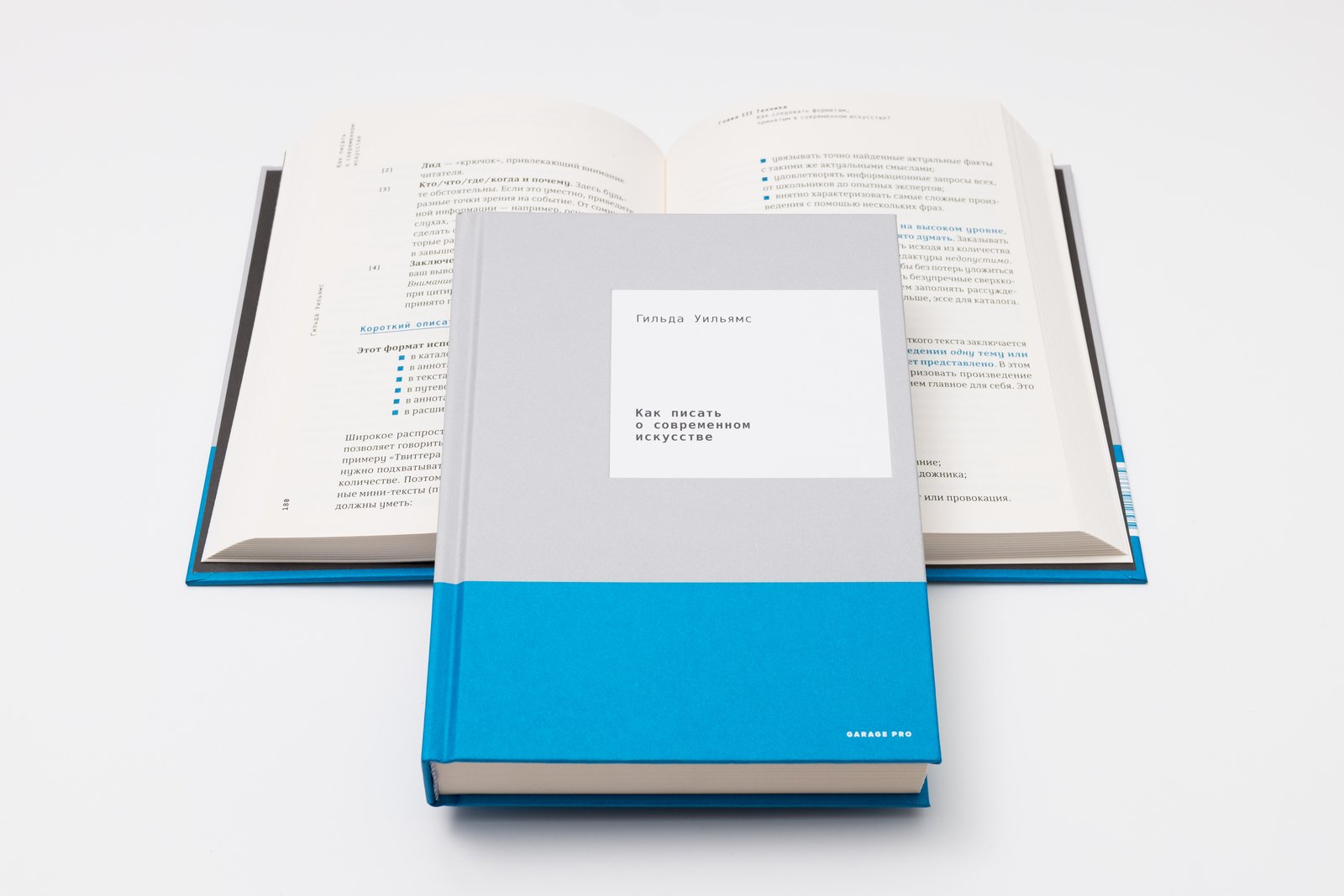In her latest book, critic Gilda Williams offers advice on how to translate visual experiences into words, explains the difference between evaluative and explanatory writing, and shows how to avoid common pitfalls in art criticism.
Encouraging aspiring critics to write in a clear, confident, and vivid language, this manual by Williams is itself an example of such engaging writing. Despite the great variety of genres in contemporary art criticism, ranging from sketchy notes for a blog to academic studies, a good critical piece, Williams argues, will always answer three key questions: What is it? What might this mean? Why does this matter to the world at large? The main trend of today, she points out, is the emergence of literary hybrids, with poetic texts appearing in serious publications and detailed reviews of exhibitions published in blogs.
According to Williams, regardless of the chosen format and the target audience, a contemporary critic should develop their own style and learn to avoid buzzwords, clichés and jargon. The core part of her simple introduction to a complex subject offers a detailed analysis of common mistakes and specific formats: short news articles, press releases, advertising booklets, reviews, and essays. As a critic collaborating with some of the leading publications on contemporary art, she provides a lot of examples, quoting some little-known authors along with the stars of art criticism.
The book also provides a concise history of Western art criticism, starting from Paris art salons and summer exhibitions in London, the writings of John Ruskin and Charles Baudelaire, discussing Clement Greenberg’s ‘high modernism’ and finishing with postmodernist writing and new trends in art criticism that might become popular in the future.
